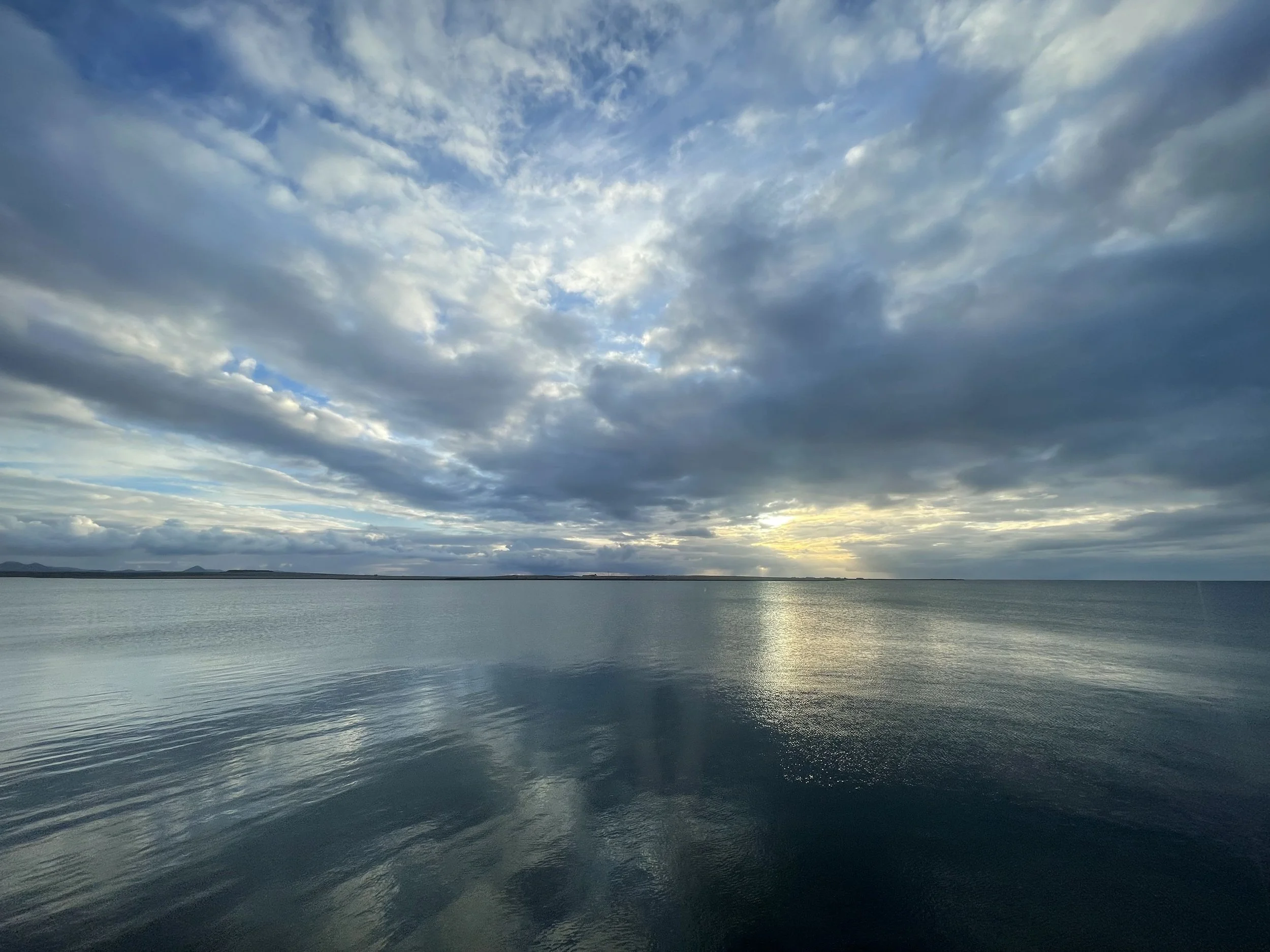A Higher Collaborative Imperative
Transforming the Religious Impulse Gone Bad
Duane Elgin – Profile of a Visionary
Required Reading for Interspirituality 101
When Swami Vivekananda spoke to the opening plenary of the first World’s Parliament of Religions on September 11, 1893, he quoted lines from an ancient Hindu spiritual hymn:
As the different streams having there sources in different places all mingle their water in the sea, so, O Lord, the different paths which men take through different tendencies, various though they appear, crooked or straight, all lead to thee.
Turning to Joy
“The beating heart of the universe is holy joy.” – Martin Buber
When religion and violence are endlessly discussed, analyzed, and carelessly conflated, it behooves us to take time to notice how joy tends to be a defining element in interfaith and interspiritual relationships. Not just a kum-by-ya sense of shared well being and friendship, but deeper, a ‘holy joy,’ to use Buber’s language, on entering a world where the ‘other’ is treasured rather than feared. Here is a world where you and the other can appreciate the gifts and wisdom in each other and be mutually enriched, an unexpected banquet to enjoy.
International Interfaith Festival in Guadalajara, May 3-9, 2015
As excitement builds for the Parliament of the World’s Religions next year in Salt Lake City (October 15-19), a second major international interfaith gathering has been announced, this one in Guadalajara, Mexico, set for May 3-9, 2015.
Mastering Dual Identity
In Changing Faith: The Dynamics and Consequences of Americans’ Shifting Religious Identities (2014), Darren Sherkat writes the following:
Immigrant religion is not merely a sideline. “Real America” is not western European sectarian Protestantism. Real America is defined, produced, and reproduced by waves of diverse immigrant groups assimilating into or accommodating with a dominant Anglo-dominated culture.
Network for New Media, Religion and Digital Culture Studies
When Heidi Campbell crossed the Atlantic to do graduate work at the University of Edinburgh in 1996, a new electronic tool called the “Internet” became a comfortable lifeline for staying in touch with friends and family. She was captivated by the new technology, ending up doing her Edinburgh doctorate on church and another new internet-enabled phenomenon, virtual communities. (For the uninitiated, virtual communities are groups of computer users who know and interact with each other electronically, not in person, at least much of the time.)
How Many Computers Do We Need?
We’ve come a long way since 1958 when Tom Watson, then IBM chairman, infamously said: “I think there is a world market for about five computers.” Indeed, computers and the World Wide Web have been so absorbed into our lives today that they’ve become like water is to fish. Ubiquitous, all around us, and quite taken for granted. They’ve changed the way we live, how we think and what we think about, how we’re entertained and how we plan for the future. Also, how we worship, what we believe, and how we practice spirituality and treat one another.
Salt Lake City to Host 2015 Parliament of the World’s Religions
At a September 9 press conference, the Parliament of the World’s Religions announced that the next global Parliament will be in Salt Lake City, Nevada, October 15-19, 2015. The event will address a host of issues, with special attention given to climate change, wealth disparity, and global violence.
Looking Beyond the Crises
Living hasn’t been easy this past summertime, if you care about faith and practice. Stories of diminishing religious freedom and accelerating religiously related violence flooded TIO’s interfaith news aggregation file. For the first time ever we’ve included the monthly collection of news stories under the theme-line this month, Religion in Crisis, since most of them provide fodder for the discussion.
Bridging Borders and Boundaries in a Troubled World
On the first full day of NAINConnect 2014 last month, as 150 participants fanned across greater Detroit in bussed site-visits, a torrential 6.2 inches of rain fell on Detroit in a few short hours. Not since ten taxis failed to show up in San Francisco in 2008 to transport NAIN participants from the university to a dinner-cruise on the Bay, have NAIN planners experienced so much unexpected disaster. Except the consequences in Detroit were mind-numbing.
Global Religion – A Perfect Storm, by the Numbers
Religiously related beheadings broadcast this summer over the internet snapped the world to attention, initiating a dark new chapter in global religious relationships. We might call this a tragic aberration if the madness were confined to Iraq/Syria, or if religious freedom was not diminishing globally even as religiously related conflict is accelerating. But this new level of violence could push us to a tipping point. Humankind’s best hope may be the willingness of peacemakers, religious and secular, to join hands strategically to end absolutist violence, wherever it’s found.






